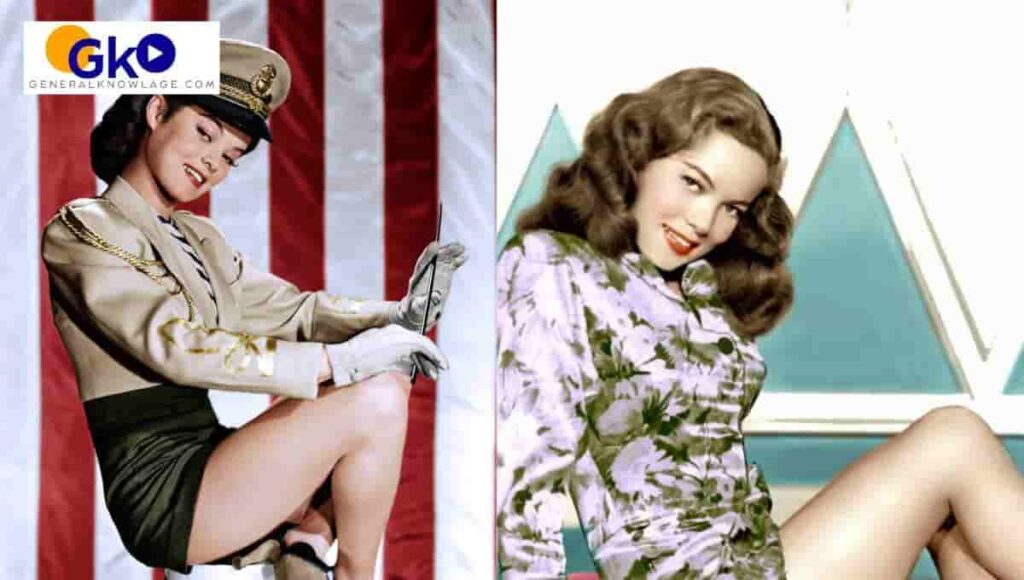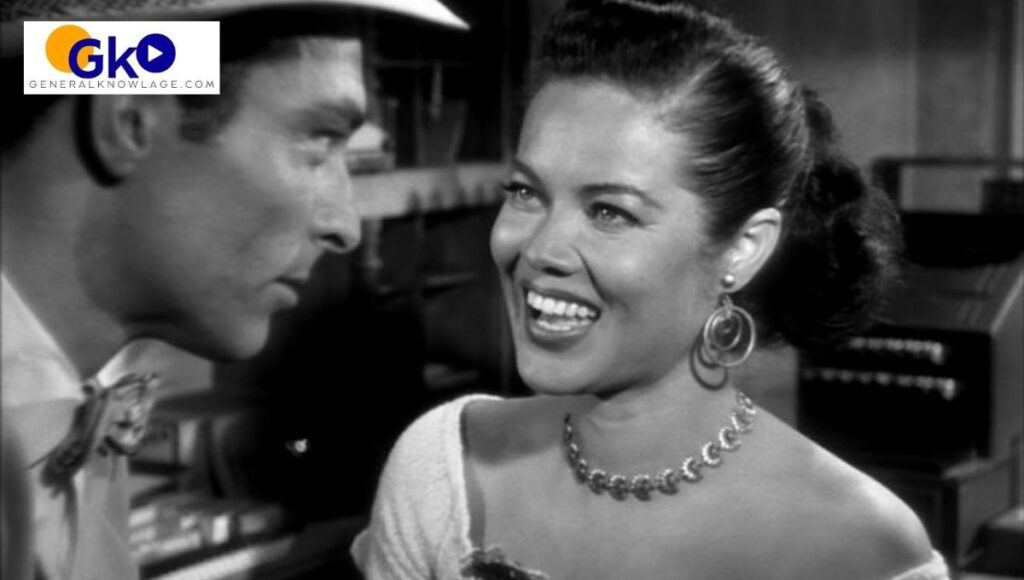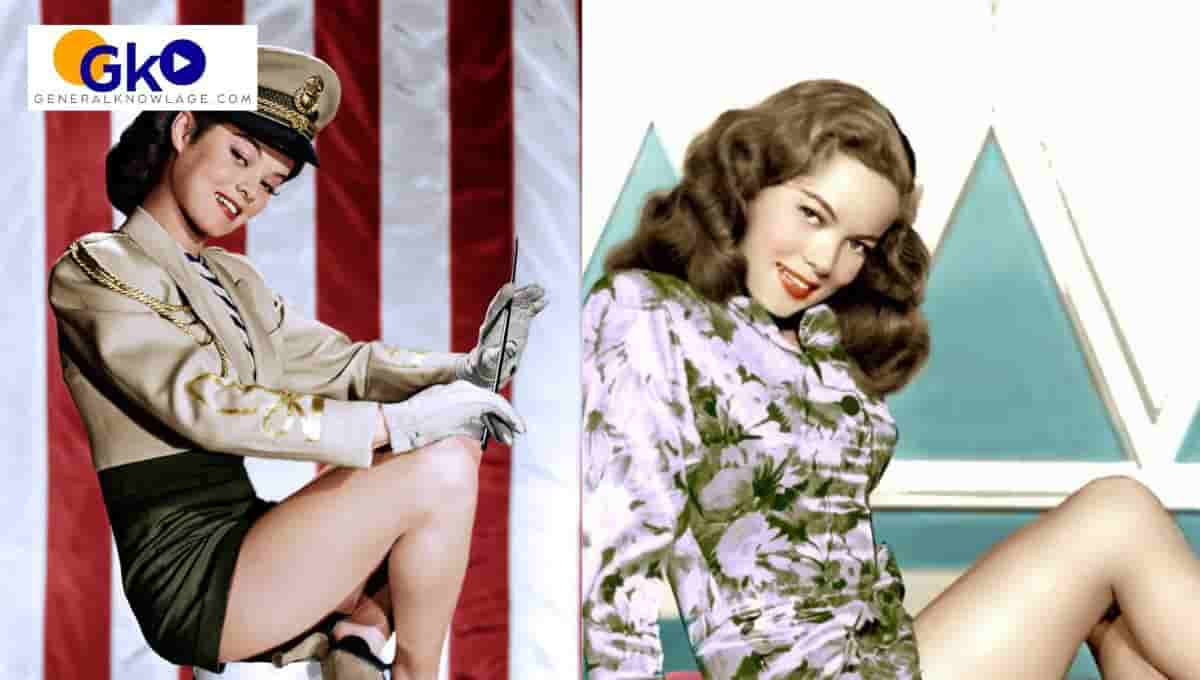Dona Drake Ethnicity, Height, Parents, Cause of Death, Husband, Old Photos, Net Worth, Eye Color, height
Dona Drake Ethnicity, Height, Parents, Cause of Death, Husband, Old Photos, Net Worth, Eye Color, height – Dona Drake, born Eunice Westmoreland on November 15, 1914, in the vibrant city of Miami, Florida, emerged as a prominent figure in Hollywood’s golden age. This multifaceted American singer, dancer, and film actress made her mark in the 1930s and 1940s, captivating audiences with her dynamic performances and a talent that transcended the boundaries of conventional roles.

Dona Drake Early Life
Dona Drake, originally named Eunice Westmoreland, came into the world on November 15, 1914, in the vibrant city of Miami, Florida. Born to Joseph Andrew Westmoreland and Novella Smith, she was one of five children. With roots tracing back to African American descent, her family history reveals a mix of backgrounds, including one black couple and another that was black/white, as documented by U.S. Census reports.
Dona Drake Journey into Showbiz
Embracing show business in the 1930s, young Eunice stepped into the limelight under the alias Una Villon. In 1932, she initiated her career as a chorus girl and nightclub performer. Una Villon quickly garnered attention, with one reviewer noting her as a “noteworthy newcomer” in Earl Carroll’s Vanities in 1933. Her talent for singing and dancing, coupled with a youthful appearance reminiscent of Ann Pennington, marked her arrival on the big-time stage.
Columnist Walter Winchell echoed the sentiment in 1934, praising Una Villon’s performance in a nightclub, where her “torso shifting served to synchronize the tempos.” Her versatility extended to playing various musical instruments, including piano, trumpet, clarinet, saxophone, and drums.
Transformation into Rita Rio and Rita Shaw
As the 1930s unfolded, Eunice Westmoreland adopted the moniker Rita Rio in 1935, captivating audiences at the Paradise cabaret on Broadway. Beyond her vocal and dance prowess, she showcased her musical talents by occasionally leading the orchestra. In 1936, she co-founded an orchestra, setting the stage for her journey into the world of music.
Financial challenges hit the orchestra in 1940, leading Eunice to seek opportunities in Hollywood. During this time, she underwent screen tests under the name Rita Shaw. Her journey in the entertainment industry was marked by evolution and exploration of various identities.
Blossoming into Dona Drake
In the early 1940s, Eunice Westmoreland solidified her stage presence as Dona Drake. Studio publicity, however, inaccurately portrayed her as of Mexican origin, claiming she was born Rita Novella. Despite the misinformation, Dona Drake’s striking features—angular face and dark curly hair—made her a sought-after actress for “ethnic” roles, portraying characters such as Latina, Middle Easterner, American Indian, or Gypsy.

One of her memorable roles was playing the American Indian maid alongside Bette Davis in “Beyond the Forest.” Drake’s versatility shone as she took on the character Mihirmah, an Arab girl, in the 1942 film “Road to Morocco,” starring alongside Bob Hope and Bing Crosby.
In 1944, she took on a lead role as a big band singer in the B-movie “Hot Rhythm,” sharing the screen with Irene Ryan, known as Granny from “The Beverly Hillbillies.” Drake showcased her comedic talents the following year in the 1949 film “The Girl from Jones Beach,” playing opposite Eddie Bracken.
Dona Drake and Her Girl Band
The early 1940s witnessed Dona Drake’s foray into the musical realm with her all-girl orchestra, alternately known as “Dona Drake and her Girl Band” and “The Girl Friends.” This touring ensemble, featuring fellow Hollywood actresses like Marie Wilson, Toby Wing, and Faith Bacon, brought a unique blend of talent and glamour to audiences across the United States.

Dona Drake Relationship
Dona Drake’s personal life took a mysterious turn in 1936 when she was questioned by the FBI regarding the murder of her then-boyfriend, Louis Amberg, a known mobster. Claiming ignorance about his criminal activities, she referred to him as “Mr. Cohen.” This episode added an element of intrigue to her life story.
In the romance department, Dona Drake found love and stability in the arms of Oscar and Emmy award-winning fashion designer William Travilla. They exchanged vows on August 19, 1944, and welcomed a daughter named Nia on August 16, 1951. Their union remained steadfast until Dona’s passing.
Dona Drake Legacy
Dona Drake’s multifaceted career spanned genres and identities, leaving an indelible mark on Hollywood’s golden era. Her significant roles, both ethnic and non-ethnic, showcased her versatility as an actress and entertainer.

Tragically, on June 20, 1989, at the age of 74, Dona Drake succumbed to pneumonia and respiratory failure in Los Angeles, California. Her legacy lives on, not only in her on-screen performances but also in the rhythm of her music and the memory of a trailblazing artist who dared to challenge conventions in the entertainment industry.
Dona Drake Filmography
| Year | Movie |
|---|---|
| 1935 | Moonlight and Melody (credited as Rita Rio) |
| 1936 | Strike Me Pink (credited as Rita Rio) |
| 1938 | Sweet Shoe (credited as Rita Rio) |
| 1938 | Beautiful, But Dummies (credited as Rita Ray) |
| 1939 | Gals and Gallons (credited as Rita Rio) |
| 1939 | Rita Rio and Her Orchestra (played self in this short) |
| 1941 | Fresh as a Freshman (Short) |
| 1941 | Aloma of the South Seas (first film credit as Dona Drake) |
| 1941 | Louisiana Purchase |
| 1941 | I Look at You (Short, with Alan Ladd) |
| 1942 | Road to Morocco (credited as Dona Drake) |
| 1942 | Star Spangled Rhythm (performs song “On the Swing Shift”) |
| 1943 | Salute for Three (credited as Dona Drake) |
| 1943 | Let’s Face It |
| 1944 | Hot Rhythm |
| 1945 | Hollywood Victory Caravan (performs song “Plain Jane Doe”) |
| 1946 | Without Reservations |
| 1946 | Dangerous Millions |
| 1948 | Another Part of the Forest |
| 1948 | So This Is New York |
| 1949 | The Doolins of Oklahoma |
| 1949 | The Girl from Jones Beach |
| 1949 | Beyond the Forest |
| 1950 | Fortunes of Captain Blood |
| 1951 | Valentino |
| 1952 | Kansas City Confidential |
| 1953 | The Bandits of Corsica |
| 1953 | Son of Belle Starr |
| 1953 | Down Laredo Way |
| 1953 | Adventures of Superman (Episode 35: “The Dog Who Knew Superman”) |
| 1954 | Superman Flies Again (theatrical re-release of 3 episodes of the television series, including episode 35) |
| 1954 | Princess of the Nile |
| 1954 | The Lone Wolf (Episode: “Deadline”) |
| 1954 | City Detective (Episode: “The Gift Shop”) |
| 1955 | Soldiers of Fortune (Episode: “The Runaway King”) |
Conclusion
In accordance with her wishes, Dona Drake was cremated, and her ashes were scattered at sea, symbolizing a final farewell to a woman whose life was as diverse as the roles she portrayed on screen. Though the curtain has fallen on her earthly journey, Dona Drake’s influence persists, reminding us of an era when entertainment knew no bounds.
Also, Read
- Arabella Chi Maternity Model, Ethnicity, Height, Bio, Instagram, Real Name
- Is Johnny Vegas in a relationship, Partner
- Salma Shah Wikipedia, Wiki, Instagram, Education, Linkedin, Twitter, Ethnicity
How did Dona Drake begin her career in the entertainment industry?
Dona Drake, originally named Eunice Westmoreland, embarked on her journey in the 1930s as a chorus girl and nightclub performer. Under various aliases like Una Villon, Rita Rio, and Rita Shaw, she swiftly gained recognition for her singing, dancing, and musical talents.
What were some of Dona Drake’s early film roles in the 1930s?
In the 1930s, Dona Drake took on roles in short films like “Moonlight and Melody,” “Sweet Shoe,” and “Beautiful, But Dummies,” often credited under different names like Rita Rio and Rita Ray.
When did Dona Drake transition to using her stage name?
Dona Drake adopted her stage name in the early 1940s, solidifying her presence in Hollywood. Studio publicity at the time incorrectly stated that she was of Mexican origin and born as Rita Novella.
What were some of Dona Drake’s notable film roles in the 1940s?
Dona Drake’s filmography in the 1940s includes diverse roles such as Nea in “Aloma of the South Seas,” Mihirmah in “Road to Morocco,” and Mary Adams in “Hot Rhythm.” Her versatility ranged from playing an American Indian maid to a big band singer.
Did Dona Drake have a career in music as well?
Yes, Dona Drake ventured into music in the early 1940s, leading an all-girl orchestra known as “Dona Drake and her Girl Band” or “The Girl Friends.” This touring ensemble featured fellow Hollywood actresses and brought a unique blend of talent and glamour to audiences across the United States.

